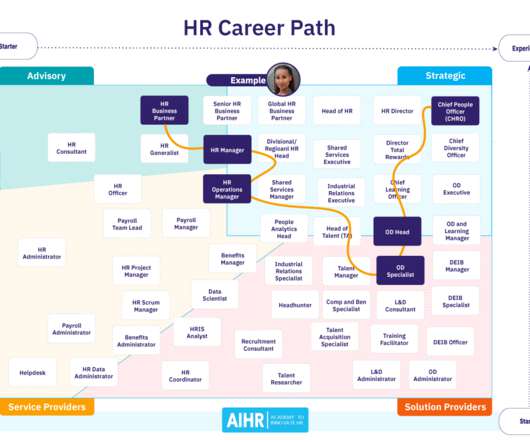Why Is Cash Flow Important To Survive In Our Tough Business Climate?
Growth Institute
JULY 27, 2022
It’s time that your entire management team learns the importance of your business’s cash flow story. Cash is king or queen. Having adequate cash flow shows your organization’s capacity to fund business growth and repay debt. Your entire management team must access and understand your cash flow story.















Let's personalize your content